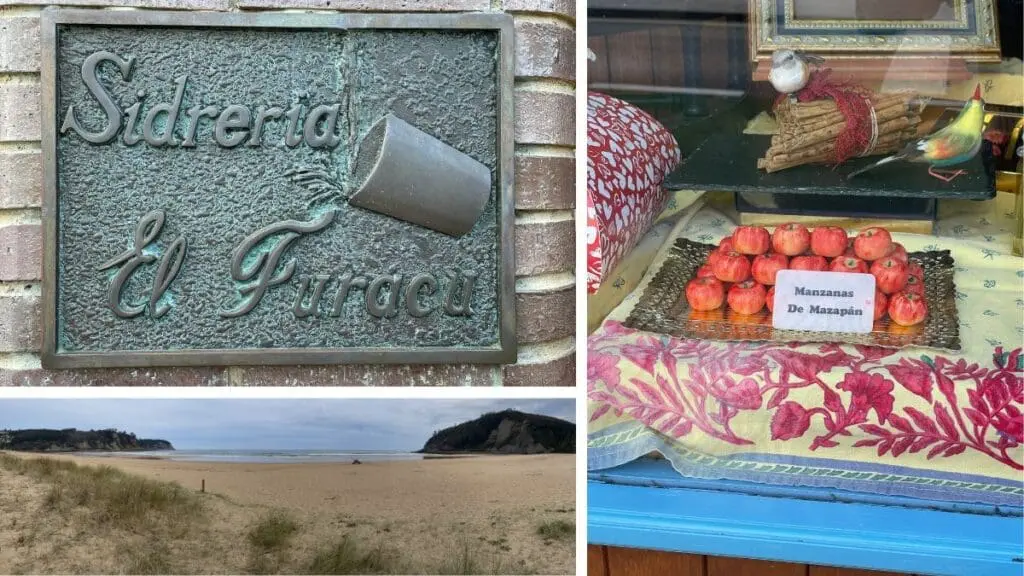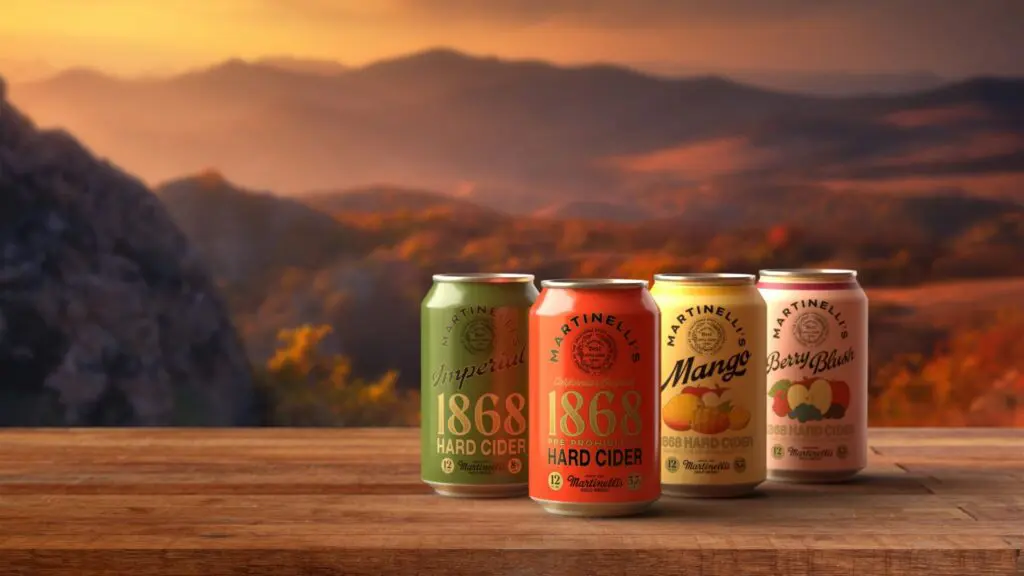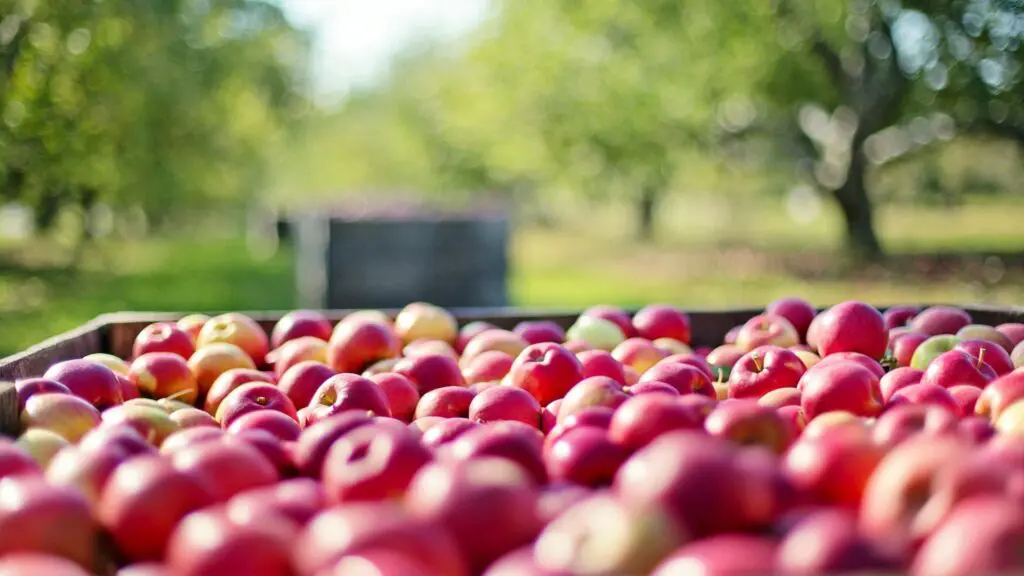One of my favorite places in the wide world of cider is a small town in northern Spain, Villaviciosa. Most travel writers will extol the virtues of Donostia-San Sebastiàn in the Basque Country, or the larger and more well-known Asturian cities of Gijón and Oviedo. Wonderful though these places are and well worth visiting, cider seems to be less at the core of their identity. While Villaviciosa may seem relatively unassuming, it is in this modest place that you will find the essence of Spanish traditional cider, or sidra natural.

From the moment you step out of your hotel (I’m partial to the utterly charming El Manquin with its simple yet comfortable rooms and sumptuous breakfast), you know that apples and cider are woven into the everyday life of the 15,000 people that call Villaviciosa home. First are the Sidrerías; there are dozens of them throughout the compact town center, often three or four on the same block. These small simple restaurants specialize in sidra natural, typically selling products from just one or two Asturian producers. Some have trained escansiars, servers that gracefully move from table to table throughout the evening. They expertly pour a small amount of sidra natural from a height of several feet into each patron’s glass, aerating it in the process and giving it some of its unique character. Sidrerías without an escansiar give patrons a tabletop mechanical version, or a tapon, a plastic piece that fits into the neck of the bottle, aerating it as the customer pours it out. Even the fancier white linen tablecloth restaurants in town have sidra natural on the menu, so the cider explorer will never go wanting.


Then there are the apples. Not on trees — though there are apple trees growing in a number of the public parks — but the apple art. Images of apples are everywhere. There are massive apple sculptures, marzipan apples in the sweets shops, apples made of painted wood attached to fences and gates, and apples carved into the stonework of Iglesia de Santa María de la Oliva, the 13th century church just a few blocks from the town hall. Sightseers can follow apples in white triangles stenciled on the sidewalk, their path leading to art installations and sites of historic importance like the remnants of the medieval wall that once surrounded the town.

Of course no visit to Asturias would be complete without time spent at one of the region’s many cider producers (llagares in Spanish). One of the oldest and largest, El Gaitero, is located just at the edge of town. Tours of its museum and factory are available daily during the summer months and on weekends during the rest of the year. Many other producers are no more than a half-hour away, as is a well-curated Asturian cider history museum in the nearby town of Nava, which is also home to one of the area’s many cider festivals.


The proximity to so many producers and small orchards may also be why Villaviciosa is home to two important cider-related government institutions. One is the Consejo Regulador de la D.O.P. Sidra de Asturias, the organization responsible for establishing and maintaining the regulations governing all aspects of the production of cider bearing the protected designation of origin Sidra Asturias. The other is the Spanish agricultural research station SERIDA (Servicia Regional de Investigación y Desarrollo Agroalimentario). SERIDA’s many scientists perform cutting edge research to support the Spanish cider industry including developing new cider-specific apple cultivars and unique cider-specific yeast strains, as well as offering consulting services to the area’s many cider producers, both commercial and non-commercial.

Most Spaniards living in the arid south don’t come to Asturias for the cider, though. They come for the beaches, for the aquamarine waters of the Bay of Biscay lapping at the pristine sands that stretch along the Asturian coastline. Villaviciosa is a mere 15 minute drive from one of the most beautiful, Playa de Rodiles. Off season it can be all but deserted, perfect for a meditative stroll through the murmurs of wind and waves. Even during the high summer, the beach is long enough (about 0.6 miles) that it never seems that crowded. Take a picnic lunch and set up at one of the many tables scattered through the pine and eucalyptus forest at the beach’s edge. It’s a perfect place to lounge in the shade while watching surfers catch the next wave. If bird watching is your thing, the nearby estuary, the Reserva Natural Parcial Ría de Villaviciosa, is a premier spot for sighting ducks and plovers, gulls and long-legged wading birds.
A visit to Spanish cider country is on the bucket list for many cider lovers. If such a trip is on your radar, make Villaviciosa your first destination. You will not be disappointed.









